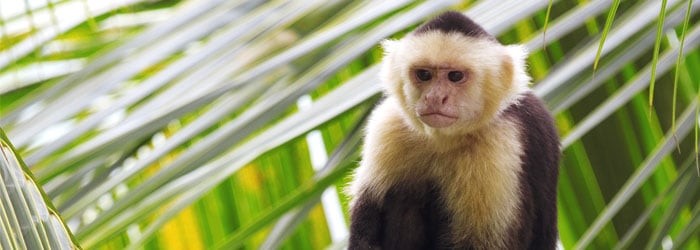News Bin - December 14, 2018
Bringing you the latest news, information, and resources from around the web. In the December 14th edition, read more about the following:
- Lonesome George the Giant Tortoise’s DNA Reveals Cancer-Fighting and Longevity Genes
- Scientists say most diverse coral site ever seen on Great Barrier Reef discovered
- Why our close encounters with wildlife are so risky for the animals
- Building birding trails in Colombia - before loggers can get there
- 5 Secrets to Taking Great Travel Photos
Lonesome George the Giant Tortoise’s DNA Reveals Cancer-Fighting and Longevity Genes
Lonesome George, the last remaining member of the Pinta Island tortoise species, passed away in 2012 at the age of 100. As scientists begin to study his genome, it turns out his longevity is embedded in his DNA, alongside specialized genes for immune response and cancer resistance – which are notably absent in other vertebrate animals. Not only do these results give us information about giant tortoises, but they also offer insight into aging and longevity in different species.
Scientists say most diverse coral site ever seen on Great Barrier Reef discovered
A good surprise from the Great Barrier Reef: a team of researchers have discovered a patch of the reef with at least 195 species of coral, the most diverse coral site ever recorded there. Despite its location amid heavily bleached coral, this site has thus far been unaffected by bleaching and other degradation. Scientists will continue to monitor and study the coral in an effort to determine the causes of its resilience.
Why our close encounters with wildlife are so risky for the animals
Although many nature lovers seek opportunities for up-close wildlife encounters abroad, it’s important to consider the possible negative impact of human contact on the animals. Tourists are, essentially, an invasive species in many remote locations, and pose a risk of transmitting harmful illnesses to local wildlife that aren’t immune. The best policy? Don’t touch – and do research before you go. Support operations that enforce responsible regulations with regards to wildlife health.
Building birding trails in Colombia - before loggers can get there
Due to the signing of the peace accord in 2016, large stretches of Colombia’s mountainous rural areas are now vacant and safe to visit – and increasingly deforested. But National Audubon Society and local partners are mobilizing in regions like the Central Andes to establish bird-based tourism as a viable industry to safeguard the once-sheltered avifauna and their habitats.
5 Secrets to Taking Great Travel Photos
Looking to improve your travel photography? This advice from an expert includes tips for time of day, taking portraits of locals, and camera settings and equipment.


